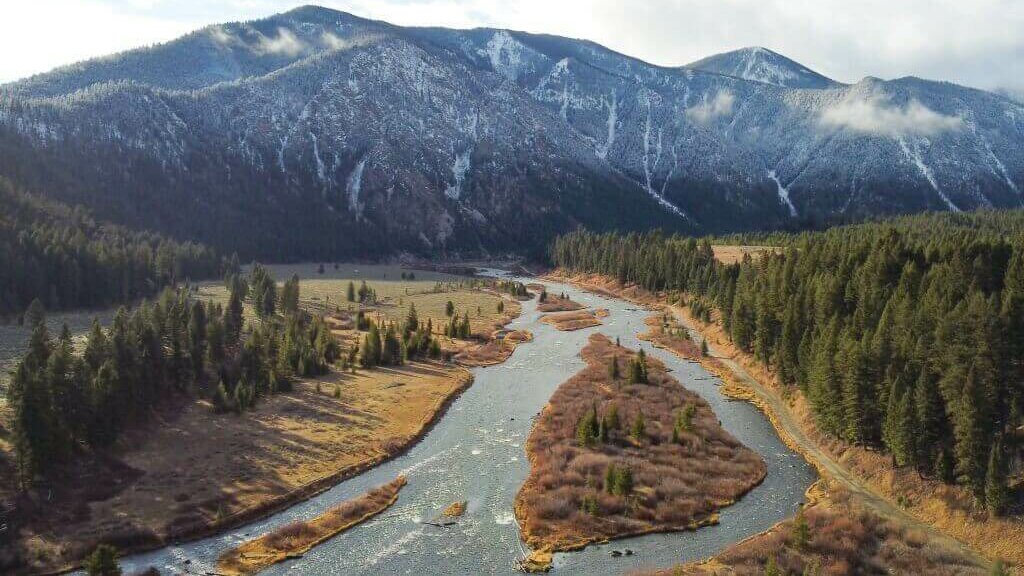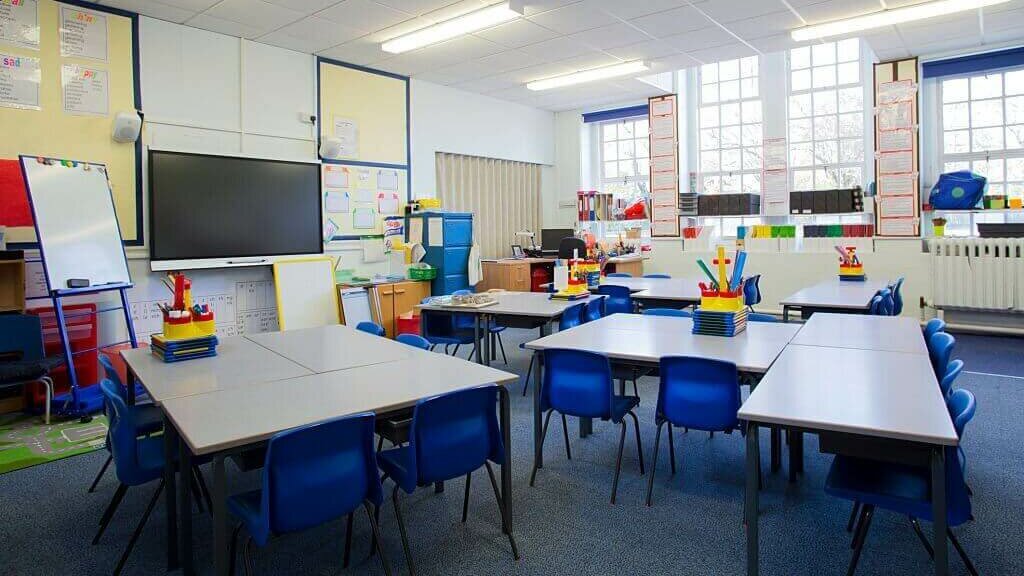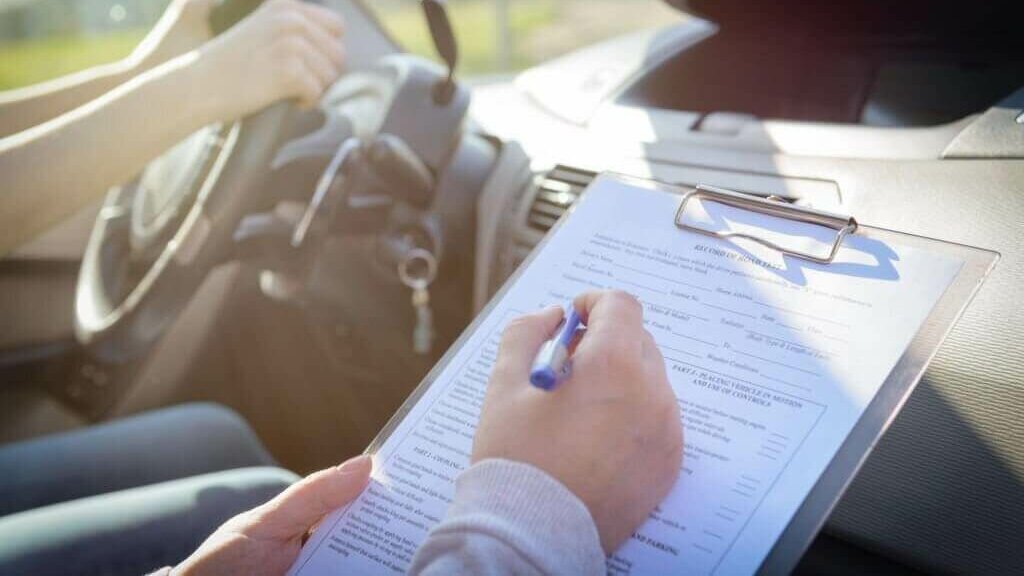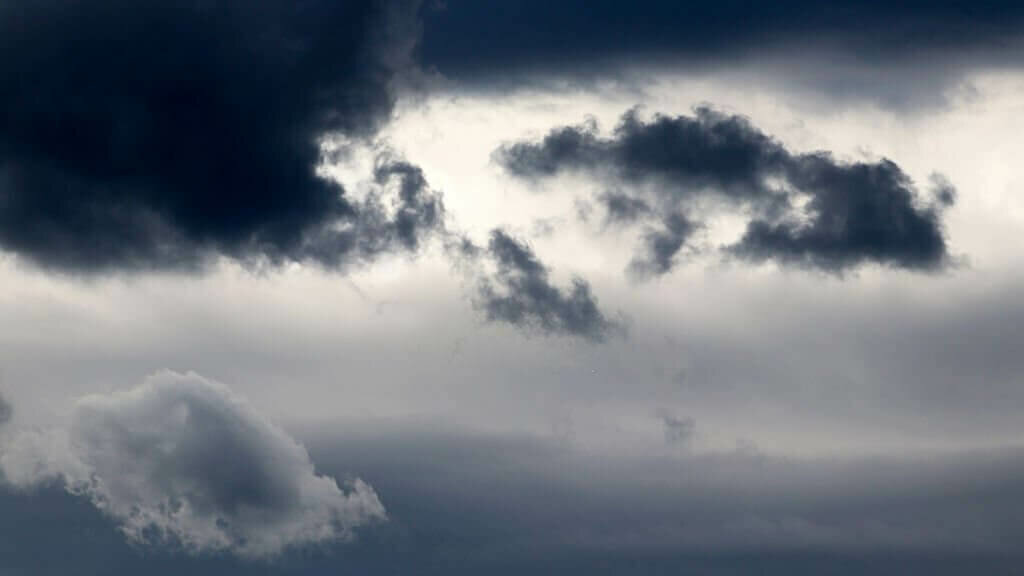Moving to Montana might be the best decision you ever make if you really know how life in Montana is. This expert relocation guide discusses benefits, costs, challenges, and everything you need to know before relocating! If you are someone who loves the great outdoors, Montana is the place to be.
And if you are looking for everything there is to know about, what is it like to live in Montana then we have got your back. Right from the pros and cons of living in Montana to various things to know before moving to Montana, we offer you complete details about Montana and then some more.

Called the Treasure state for the enormous amount of mineral wealth found in Montana, the 41st State of the Union is focused on the primary industries like Agriculture, Forestry, and mining among others.
For those who would like a little bit of solitude after the hustle and bustle of other cities, moving to Montana offers enough space as it is also the third least densely populated state. In Montana, the phrase “Big Sky Country” incites images of picturesque landscapes, but it is so much more than that.
A burgeoning tech industry, vibrant college towns, and a tight-knit, business-friendly community make this state a great place to live and do business.
[elementor-template id=”13247″]
How to Move to Montana?
- Plan ahead: Before moving to Montana, it’s important that you plan ahead. Relocating is a big undertaking that requires a lot of preparation.
- Downsize: Perhaps it is time to downsize from your large home, it is especially crucial to consider this if you intend to retire in a region with a high cost of living.
- Book Movers: Getting moving quotes for your move to Montana will be easy with Movingist. You do not need the additional stress of finding movers and getting quotes individually! When relocating, you should take your time to choose the best time to go to Montana and a reputable moving company.
- Finding the right house for you: You should then travel to Montana to familiarize yourself with the area before you move there. It will give you an idea of where essential stores – like the supermarket – are located and a chance to become comfortable with directions.
- Packing begins! When you have arrived home, you can begin packing for your Montana move or just leave it to the professionals.
- Keep essential supplies at the ready. During your move to Montana, prepare a box containing all of the necessities that you will need. Keep hydrated by eating snacks and taking medication for road sickness, headaches, and headache pain.
- Take a moment to relax. The peace of mind you gain from working with a moving company is essential for the success of your relocation to Montana.
- Have a great time! Finally, enjoy your move to Montana! Relocating to a new state can be a rewarding experience – especially if it is your first move to that state.
1. Cost of Living in Montana
Is it expensive to live in Montana? Even with rising housing prices, Montana is still relatively affordable, making it an ideal place to live. Generally, Montana is almost the same as most other states when it comes to costs. Wages are also lower than in most states. According to world population review, Montana’s cost of living index is 106.9.

It is comparatively higher than the united states index average of 100. As a whole, Montana is a cheaper state to live in than the rest of the nation. Statistics from the Bureau of Economic Analysis show that costs of living in the state are 6.7% cheaper than they are national.
With regard to the overall cost of living, Montana is ranked 25th out of all 50 states. In Montana, there are three major metropolitan areas. In Missoula, where the cost of living is 5.0% below the national average and 1.7% higher than the state’s average, the cost of goods is the highest in the state.
| Montana | US | |
| Median Home Value | $219,600.00 | $204,900.00 |
| Median Monthly Rent | $783.00 | $1,023.00 |
| Average Car Insurance | $1,570.00 | $1,517.00 |
| Healthcare cost for Single Adult | $5,270.00 | $4,266.00 |
| Healthcare cost for family of four | $16,146.00 | $12,950.00 |
| Food cost for Single Adult | $3,178.00 | $3,240.00 |
| Food cost for family of four | $9,179.00 | $9,354.00 |
| Annual Child care cost | $7,509.00 | $8,903.00 |
| Annual Taxes | $6,420.00 | $6,542.00 |
Before moving to Montana it is important to take note that there are 7 big cities in the state, which means that there is a housing crunch for newcomers as a result of huge concentrations of the state’s population in those cities.
Besides this, a lot of states in the USA have a cheaper cost of living. Since Montana’s wages are lower than the national average, the cost of living appears to be paradoxical.
[elementor-template id=”13252″]
2. Job Market in Montana
Montana’s population is just approaching one million. The state economy gradually transitioning from resource-based jobs to tech-based industries as the population is growing. Montana offers a variety of seasonal jobs. During harsh weather conditions, many services come to a halt, making finding a job in winter much more difficult.

According to U.S. News, Montana ranks 32 in the nation for employment. In Montana, the average household income is $70,959 While the median household income is $52,559. The most wanted job in Montana is a Nurse practitioner With an Average annual salary of $103,510.
According to the U.S. Bureau of Labor Statistics reports, Montana’s current unemployment rate in February 2021 was 3.9 %, which is lower than the 6.2% average Unemployment Rate in the United States. It is 20.6x more common for a worker in Montana to be a Head Housekeeper than all U.S. workers
The Most Common Jobs in Montana
| Rank | Job | Local Jobs | Mean Local Salary | Local Popularity Index |
| 1 | Retail salespersons | 7,700 | $21,956 | 1.6 |
| 2 | General and operations managers | 4,730 | $62,486 | 2.5 |
| 3 | Cashiers | 4,720 | $16,363 | 1.2 |
| 4 | Janitors and cleaners, except maids and housekeeping cleaners | 3,300 | $19,536 | 1.4 |
| 5 | Bookkeeping, accounting, and auditing clerks | 3,250 | $26,596 | 1.6 |
| 6 | Waiters and waitresses | 3,170 | $13,910 | 1.2 |
| 7 | Secretaries, except legal, medical, and executive | 3,070 | $21,996 | 1.6 |
| 8 | Truck drivers, heavy and tractor-trailer | 2,860 | $33,480 | 1.8 |
| 9 | Office clerks, general | 2,860 | $19,546 | 0.9 |
| 10 | Stock clerks and order fillers | 2,100 | $19,950 | 1.1 |
Highest paying jobs in Montana
| Rank | Job Description | Average Salary | Entry Level Salary | # of Employee |
| 1 | General Internal Medicine Physicians | $196,150 | $61,730 | 80 |
| 2 | Nurse Anesthetists | $164,110 | $175,010 | 60 |
| 3 | General Dentists | $150,830 | $72,370 | 380 |
| 4 | Psychiatrists | $139,830 | $55,010 | 0 |
| 5 | Podiatrists | $130,280 | $74,070 | 40 |
| 6 | Petroleum Engineers | $126,760 | $61,760 | 190 |
| 7 | Pharmacists | $119,780 | $85,380 | 1,420 |
| 8 | Chief Executives | $119,510 | $42,610 | 340 |
| 9 | Physician Assistants | $114,480 | $81,920 | 640 |
| 10 | Architectural and Engineering Managers | $112,680 | $86,350 | 270 |
Largest employer in Montana
| # | Employer | City | Number of Employees |
| 1 | Black Feet Tribe | Browning | 4,000 |
| 2 | Billings Clinic Employee | Billings | 3,500 |
| 3 | Billings Clinic Lab | Billings | 3,500 |
| 4 | Billings Clinic | Billings | 3,350 |
| 5 | Aageson Farm | Gildford | 3,000 |
| 6 | Malmstrom Air Force Base | Malmstrom Afb | 3,000 |
| 7 | Public Health & Human Svc | Helena | 3,000 |
| 8 | Kalispell Regional Healthcare | Kalispell | 2,390 |
| 9 | Benefits Health System | Great Falls | 2,300 |
| 10 | Bozeman Deaconess | Bozeman | 2,000 |
How much do you need to make to live comfortably in Montana?
If you want to live comfortably in Montana, you would need to earn $56,575 per year – which is around $27.20 per hour. Depending on an individual’s skill level, geographic location, and years of experience, it is estimated that the average pay range for a common occupation can range from $18,909 to $29,103.
3. Sales and Property Tax in Montana
Compared to other states, Montana is relatively tax-friendly. With an average effective rate of just 0.83%, property taxes in Big Sky Country are slightly lower than the national average. The personal income tax varies between 1% and 6.9% in the state.
Bottom rates average out to very low, but top rates are high. As an offset to income taxes, Montana offers a number of tax credits, which include capital gains tax credits.

Montana Income Tax:
Montana State is applicable to dividends and interest income. Montana State has a progressive tax structure. Montana state tax is divided into 7 brackets with tax rates of 1%-6.9% applicable on income range of $3,100-$18,800.
Montana Sales Tax:
Montana State is ranked 46 nationwide. In Montana, the state sales tax is 0.00% and the average local tax rate is 0.00%.
Montana Property Tax:
According to the U.S. Census Bureau, Montana state’s median property tax is $ 1,652 with an effective property tax rate of 0.73%.
Montana Gas Tax:
Montana State has a $0.3275 / gallon gasoline tax and a $0.302 / gallon diesel tax.
Montana Cigarettes Tax:
Montana state ranks 27th out of 50 states in the cigarette tax. In Montana, the cigarette tax per pack of 20 is $1.70.
[elementor-template id=”13257″]
4. Economy in Montana
Montana ranks 33rd for its economic outlook and 15th for economic performance rank. Montana has the 4th highest economic exposure to COVID-19. There are close to 369,709 employees who are highly exposed to COVID-19 in Montana, representing 63% of all employees.

The state of Montana has a population of 1,068,778 and it is expected to grow by 0.9% each year between 2014 and 2019. With 2.4% growth in the last five years, Montana’s gross state product (GSP) reached $47.2bn in 2019. Montana’s GSP growth ranks 22 out of all 50 U.S. states.
5. What are Housing Prices in Montana
The Mortgage Bankers Association reports that home prices rose 15% in Montana over the past year, and past-due mortgage payments are at an all-time low in the state. There are still some states where it is advantageous to purchase a home while others are more suitable for renting.
While you might think it a good investment to purchase a home as soon as you move to Montana it is best to put on the brakes and slow down. You may need to consider what would be the most cost-effective for your household if you have children who have to get to school every day.

Urban property is more expensive than rural property, so you need to determine what is most cost-effective. Consequently, it is better to rent a property before investing in a home to determine whether it will fit your family’s needs. Based on the latest housing statistics, the average home was recently priced at $277,801 and the cost per square foot was $207 in Montana.
The average price increase since 2018 was 5.2%. According to the Montana Regional MLS, approximately 8,400 homes were sold in Montana in May, more than double the number in May last year. April’s sales were even stronger than March’s (9,140) and March’s (9,147).
Billings has a median home value of $261,173. According to the 2008 U.S. Census Bureau, the median home value in the Billings metro area was $264,941.
According to homesnacks.com here are the
Most Affordable Places To Live In Montana
- Colstrip
- Scobey
- Chester
- Harlowton
- Wolf Point
- Malta
- Cut Bank
- Hardin
- Glasgow
- Chinook
Most expensive places to live in Montana for 2021:
- Whitefish
- Bozeman
- Manhattan
- Missoula
- Hamilton
- 6. Stevensville
- 7. Red Lodge
- 8. Eureka
- 9. Polson
- 10. Livingston
6. Hospitals and Healthcare System in Montana
Montana has significantly lower healthcare costs than the rest of the country. With other notable rankings, including 25th in quality and access to healthcare, Montana has the 28th ranked healthcare system in the nation. As a healthcare career destination, Montana also ranks highly. In addition, Montana adopted a health insurance-free plan.

The principle of Flex Family Health allows doctors and patients to work directly without the involvement of insurers. You can receive a medical cover billed directly to you instead of your insurer for as little as $59 per person or $149 per family per month. As a result, it will save you money on medical expenses in the future.
The following are the top medical facilities in Montana.
- Ruby Valley Hospital, Sheridan
- Phillips County Hospital, Malta
- Advanced Care Hospital of Montana, Billings
- Great Falls Clinic Hospital, Great Falls
- Mineral Community Hospital, Superior
7. Education Ranking in Montana
According to U.S. News, Montana is ranked 32nd overall in the United States education system, 22nd for higher education, and 36th for Pre-K-12. Montana is ranked 21st for quality of education in public schools among all 50 states by WalletHub.

Montana schools spend $11,680 per pupil for a total of $1.7 billion annually. That’s the equivalent of 3.6% of taxpayer income. 9,837 college students graduate annually in Montana. The cost of the average community college in Montana is $3,740 for In-state tuition and $8,740 for out-of-state tuition. In Montana, public university costs $17,102 which is less than the national average of $21,216.
| Education Rank | 45 |
| State | Montana |
| In-State Total | $17,102 |
| In-State Tuition & Fees | $7,181 |
| Room & Board | $9,920 |
| Out-Of-State Tuition & Fees | $25,215 |
Top 10 Colleges in Montana
- The University of Montana-Western – Dillon, MT
- Carroll College – Helena, MT
- Montana State University – Bozeman, MT
- Salish Kootenai College – Pablo, MT
- Rocky Mountain College – Billings, MT
- University of Providence – Great Falls, MT
- Montana Technological University – Butte, MT
- The University of Montana – Missoula, MT
- Montana State University-Northern – Havre, MT
- Montana State University-Billings – Billings, MT
8. Transportation and Traffic in Montana
Montana has been named among the worst states for commuters to commute in by traffic reports. There were no animals on the roads, no bad weather, or unsafe roads in the top 10 of the worst states to drive in unlike Montana. This is significantly higher than the national average of 11.59 fatality rates per 100,000 in Montana.

The state is ranked 49th in traffic congestion in the USA despite these harsh truths, with commute times averaging just 18.1 minutes on average. Montana’s lower population means it does not have nearly as much traffic as other states. During the winter, commutes can become hazardous because of intense snowstorms.
Here are the dangerous roads and highways which should be avoided at all costs while relocating to Montana:
- The Beartooth Highway
- U.S. Route 2
- Interstate 90
- Going-to-the-Sun Road
- U.S. Highway 93 near Flathead Lake
9. DMV Paperwork in Montana
It’s important to know exactly what the DMV paperwork requirements are if you’re planning to move to Montana. Like all states, you’ll be required to get your Montana DMV change of address forms in order before you can truly settle in as a resident—including your address on your driver’s license and your vehicle’s registration in Montana, if applicable.

When you’re moving to a new state or are applying for jobs, it’s best to complete all of your paperwork soon. You have only two months from the date of establishing residency in Montana to file your change of address paperwork.
Within 60 days of moving, you must visit the Montana Department of Motor Vehicle office.
Things you will need:
- Proof of identification
- Your out-of-state license
- Proof of Montana residency
- Proof of authorized presence
[elementor-template id=”13242″]
10. Weather and Climate in Montana
Generally, Montana experiences a continental climate with mild summers and cool winters in the west, with a northern Pacific coastal climate in the east, separated by the Continental Divide, with warm summers and cold winters.

Summer’s hottest month is July, averaging 85°F (29.4°C), and the coldest month is January, averaging 0°F (-17.8°C). During the summer, air temperatures range from cool to mild, and extremes in temperature are rare.
Montana winters are generally cold since the 45th parallel and the 49th parallel are located there. Cold air from Canada often changes the temperature of the land drastically in a short period. With averaging 15″ of rain (381mm), Montana varies significantly from west to east, where the high mountain ranges create rain shadows.
Natural disasters in Montana- Does it Snow?
Late spring and early summer are especially volatile when it comes to wildfires and thunderstorms. Forested areas in the state suffer from increased frequency and intensity of wildfires during the summer due to hot, dry conditions.
It is common to get caught in snowstorms during the winter, and blizzards can halt towns and cities for days. Winter storms can cause snowfall and a bitter cold that makes roads and mountain trails nearly impassable.
11. Best places to visit in Montana

- Yellowstone National Park
- Lamar Valley
- Going-to-the-Sun Road
- Grand Canyon of the Yellowstone
- Grand Prismatic Spring
- Town Square
- Beartooth Highway
- National Elk Refuge
- National Museum of Wildlife Art
- Museum of the Rockies
- A Carousel for Missoula
- Aerial Fire Depot and Smokejumper Center
- The Rimrocks
- Grizzly and Wolf Discovery Center
- City Beach
- Moss Mansion
- Rocky Mountain Elk Foundation
- Old Faithful
- Big Sky Resort
- Laurance Rockefeller Preserve
Pros and Cons of Moving to Montana
Pros
- Lower unemployment rate
The unemployment rate in Montana is nearly 2% less than the national average. The job market in this state has increased by 0.1% over the last year.
- Cost of Living
Montana’s cost of living index stands at 94% which is well under the national index of 100.
- Outdoor Adventures
Living in Montana gives you access to a wide range of outdoor activities like fishing, hunting, horseback riding, hiking, bicycling, camping, backpacking, canoeing, etc.
- Population Density
The state’s population density is the third-lowest in the country. Montana is home to around 1 million people and hence, gives you a chance to enjoy the extra space.
- No Sales Tax
Montana is one of the few states in the country which are exempted from the sales tax.
- World-Class Winter Sports
The state comes alive during the winter season. It is home to 15+ ski resorts where you can indulge in snowmobiling, snowshoeing, ice skating, ice fishing, skiing, etc.
- Cheap rental costs
Rental cost is relatively cheaper in Montana. Studio apartments are available at $800 per month while Single-family homes can be rented by just paying $1200 a month.
Cons
- No public transportation
Public transportation is non-existent in the state of Montana. One needs to own a four-wheeler to meet the traveling needs.
- Extreme weather conditions
Winter Months in the state are intensely harsh and brutal. It also faces some of the severe thunderstorms from the spring to the autumn. Dress in layers and always keep the survival kit.
- Housing Cost
The median housing cost in Montana is about $232,100, slightly more than the country’s average. The housing market in the state is not that strong and therefore, affordable housing is almost non-existent.
- It requires you to be self-sufficient
Living in Montana requires you to be self-reliant. You must know how to manage and deal with the issues like power outages and freezing of the car battery.
- Strong Politics
It is greatly influenced by politics and many of the political divides are evident in the state. Be ready to get pushback if you hold different opinions.
- Dangerous Wild Animals
Montana is home to plenty of life-threatening wild animals such as Wolves, Rattlesnakes, Grizzly Bears, and more. Always carry the bear spray and stay safe.
Conclusion
Hopefully, you enjoyed this guide and its information will make your decisions a little easier. You get to live in Montana, a state that is blessed with some of the most unreal landscapes. A trip to Montana will give you an in-depth view of the state’s magnificent scenery, its majestic glaciers, alpine lakes, winding mountain roads, and wildlife.
Montana is the perfect place to call home if you’re looking for quiet pastures, limited WiFi, and hardly any honking since your next vehicle may be miles away. If you find yourself attracted to this state and want to move to Montana despite not being fancy, we totally understand.
[elementor-template id=”11713″]